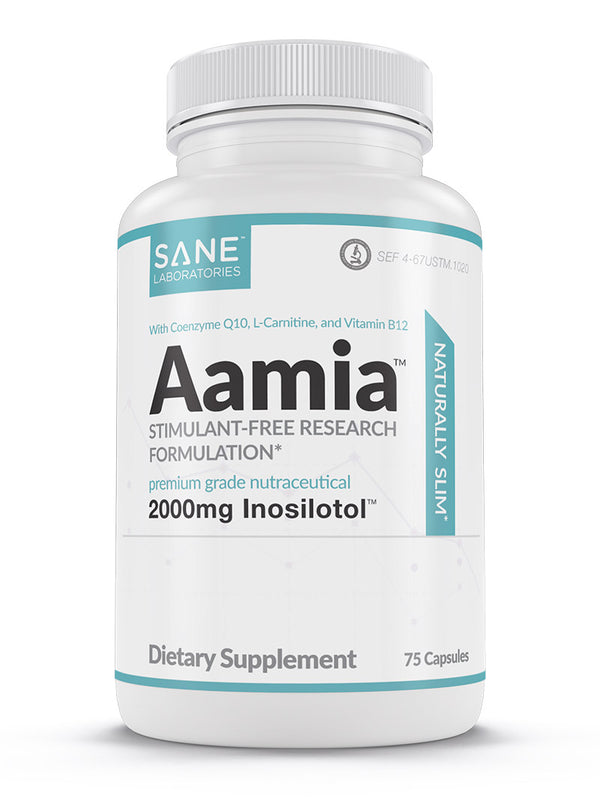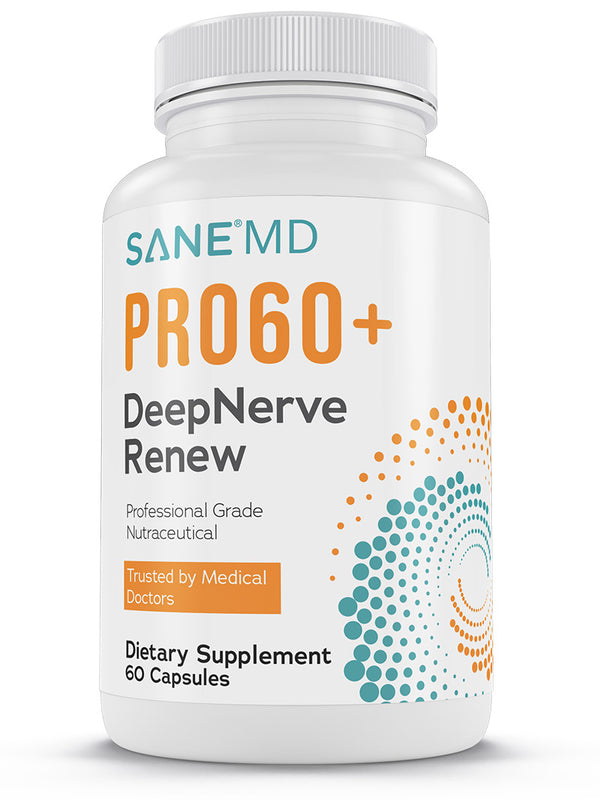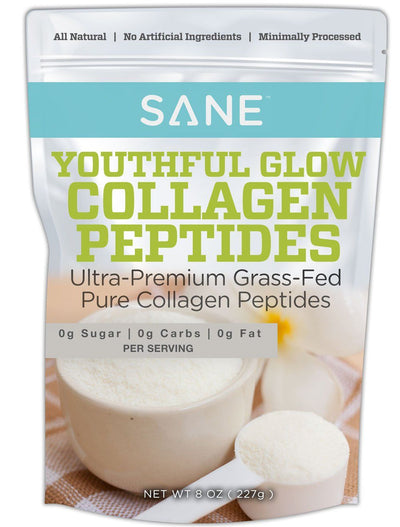Turmeric root powder is one of the healthiest spices around, and it has been used for medicinal purposes for thousands of years. In fact, it was prominently used in Ayurvedic healing as far back as 500 B.C. 1 Turmeric is a spice obtained from the dried and ground root of Curcuma longa. It has also been a cornerstone of traditional Chinese medicine, where it was used to treat various health conditions.
Today, turmeric – a close relative of ginger – is used as a spice to flavor a variety of foods, and it’s a major ingredient in curry powder. Turmeric can be used in both ground powder and fresh root forms in cooking and traditional medicine. It is also commonly used as an alternative medicine. Ancient societies also commonly used it to treat conditions such as diarrhea, epilepsy, skin conditions, and wounds. 2 In foods, turmeric is valued for its pungent flavor, which is a key characteristic in many culinary applications.
Introduction to Turmeric Root
Turmeric root, scientifically known as Curcuma longa, is a vibrant tropical plant belonging to the ginger family and native to Southeast Asia. For centuries, this remarkable root has been prized in both traditional Chinese medicine and Indian cuisine, where it is celebrated for its exceptional golden color, earthy flavor, and distinctive pungent aroma. The dried and ground root is transformed into turmeric powder, a staple spice that not only adds a warm, spicy note to foods but also delivers a host of potential health benefits. Curcumin, the active compound in turmeric, has been associated with anti-inflammatory, anticancer, antidiabetic, antidiarrheal, antimicrobial, antiviral, and antioxidant properties.
In ancient practices, turmeric root was commonly used to treat a variety of health conditions, including joint inflammation, digestive discomfort, and skin disorders. Its popularity in Indian cuisine is matched by its reputation as a healing spice in traditional medicine systems, where it was valued for its ability to support overall health and address inflammation.
The key ingredient in turmeric responsible for its powerful effects is called curcumin. This natural compound is renowned for its anti-inflammatory and antioxidant properties, which are believed to contribute to many of turmeric’s potential benefits. Human studies have shown potential for curcumin in managing osteoarthritis pain, making it a promising option for those seeking natural remedies. Whether used as a ground spice in curry dishes or as a supplement, turmeric root continues to be a cornerstone of wellness traditions and modern health routines alike.
What Is Turmeric Root Powder Good For?
The list of amazing health benefits of turmeric root powder is much too long to discuss in this article. But here are just a few science-backed benefits of this ancient superfood. If you're interested in exploring additional superfoods, check out the benefits of beet root powder as well.
Supports the immune system
Without a strong immune system, you are vulnerable to many types of infections and diseases. Turmeric contains antioxidant compounds like curcumin, the chemical that gives turmeric powder its unique orange-yellow color, which has been shown to have a significantly positive effect on the immune system in clinical research studies. Specifically, it has been shown to modulate certain aspects of the immune system – such as activation of T cells, B cells, and natural killer cells – that help boost immunity. And even at low doses, curcumin has been observed to improve antibody responses. 3
Anti-inflammatory properties
Move over ibuprofen and aspirin…seems turmeric may be better at soothing inflammation than either of them. The anti-inflammatory properties of turmeric again comes from its curcumin content. Many cell cultures and animal research studies indicate that curcumin may benefit those suffering from inflammation in inflammatory bowel disease, arthritis, joint pain, osteoporosis, pancreatitis, and other conditions. 4
Helps manage diabetes
The curcumin in turmeric has also been observed in multiple research studies to have a beneficial effect on many of the main components of diabetes. For instance, curcumin has been found to increase glucose tolerance, decrease insulin resistance, and decrease fat accumulation in adipose cells. 5, 6, 7 Turmeric may also help regulate blood sugar and lower blood sugar levels, especially in people with diabetes.
These benefits align with strategies used to manage weight in individuals with diabetes, where reducing fat accumulation and improving insulin sensitivity are critical. For certain individuals with significant weight-related challenges, weight loss drugs like GLP-1 receptor agonists can complement natural approaches, offering additional support for managing both weight and metabolic health effectively.
May protect the heart. The curcumin content in turmeric has also been shown to have a cardiovascular protective effect due to its antithrombotic, anti-proliferative, and anti-inflammatory properties. Curcumin has also been observed to help decrease serum cholesterol levels. All of these factors may defend against atherosclerosis which in turn may protect the heart. 8
Turmeric is widely used in supplements, including curcumin supplements and turmeric supplements, for its potential health benefits. However, high doses of these supplements may cause side effects such as abdominal pain, nausea, or diarrhea. If you have any health condition or are taking medications, consult your healthcare provider before taking turmeric or any supplements. While turmeric and its compounds show promise, more research is needed to confirm some benefits, and this information is not intended to diagnose, treat, cure, or prevent any disease. When choosing a supplement or using turmeric in cooking, look for organic turmeric root powder to ensure purity and potency.
Obesity and the Role of Turmeric in Weight Management
Obesity is a global health issue affecting millions, and its implications extend far beyond weight gain. Obesity increases the risk of chronic conditions such as heart disease, type 2 diabetes, and inflammation-related disorders. Managing obesity requires a multifaceted approach, incorporating diet, lifestyle changes, and sometimes medical interventions like weight loss drugs for compatible individuals. Interestingly, turmeric root powder may offer supportive benefits for individuals managing obesity.
Turmeric's Potential Role in Obesity
The curcumin content in turmeric has been studied for its ability to influence weight management and metabolic health. Curcumin's anti-inflammatory properties can reduce chronic low-grade inflammation often observed in obese individuals. Chronic inflammation is a key driver of insulin resistance and fat accumulation, both of which exacerbate obesity-related complications. By modulating inflammatory pathways, turmeric may support healthier metabolic processes.
Additionally, curcumin has been observed in some studies to help decrease fat accumulation in adipose cells and improve insulin sensitivity. These effects suggest that turmeric may complement other weight management strategies, making it a valuable addition to a balanced diet for those addressing obesity.
Weight Loss Drugs and Their Role
For individuals struggling with significant weight challenges, weight loss drugs can provide critical support when paired with dietary and lifestyle changes. While these medications can be highly effective combining them with natural anti-inflammatory agents like turmeric may enhance their overall impact by targeting both inflammation and metabolic health.
Integrating Turmeric into a Holistic Weight Management Plan
Looking for ways to incorporate turmeric root powder into your daily routines is an easy and natural way to support weight management efforts. Adding turmeric to smoothies, soups, or rice dishes can not only enhance the flavor but also deliver curcumin’s health benefits. For a creamy, dairy-free smoothie base, try using unsweetened coconut milk. Turmeric can also be enjoyed in tea blends and baked goods, where its golden color, spicy aroma, and distinctive taste add both flavor and health benefits. Combining turmeric with black pepper can further enhance curcumin absorption in the small intestine, maximizing its effectiveness. Additionally, combining turmeric with healthy fats like olive oil or coconut oil can further increase curcumin absorption by the gastrointestinal tract. Pairing these dietary changes with medical interventions, like weight loss drugs when appropriate, creates a comprehensive approach to tackling obesity.
Whether as part of a superfood blend like Garden in my Glass or integrated into meals, turmeric’s versatile benefits make it an excellent ally in weight management. Consult your healthcare provider to determine how turmeric and weight loss drugs might fit into your personalized plan for achieving and maintaining a healthy weight.
This addition connects turmeric’s known benefits to the broader context of obesity management, providing readers with actionable insights into how this superfood can complement other strategies.
How Do You Use Turmeric Root Powder?
There are many great ways to use turmeric root powder.
- Mix it into your favorite smoothie
- Stir it into soup or stew. This is especially soothing on a cold winter day. Plus, the turmeric adds a warm flavor to soups and stews.
- Add a nice orange-yellow color and nutrition to rice and potato dishes.
Another GREAT way to use turmeric root powder is to combine it with several other superfood powders to optimize the nutrition. Turmeric root powder is featured in Garden in my Glass along with 30+ other superfood fruit and vegetable powders, giving you the best nutrition in one convenient package.
Tip: To keep your turmeric root powder fresh and potent, store it in an airtight container in a cool, dark cabinet. This helps preserve its flavor and nutritional benefits. Proper storage ensures that the spice retains its potency and effectiveness for a longer period.
References
1- Satpathy-Singh S. Beyond The Trend: A Brief History of Turmeric in Ayurvedic Practice. Aug 9, 2016. Accessed Feb 9, 2021. https://www.india.com/food/beyond-the-trend-a-brief-history-of-turmeric-in-ayurvedic-practice-1364258/
2- Satpathy-Singh S. Beyond The Trend: A Brief History of Turmeric in Ayurvedic Practice. Aug 9, 2016. Accessed Feb 9, 2021. https://www.india.com/food/beyond-the-trend-a-brief-history-of-turmeric-in-ayurvedic-practice-1364258/
3- Jagetia GC, Aggarwal BB. “Spicing up” of the immune system by curcumin. J Clin Immunol. 2007 Jan;27(1):19-35. doi: 10.1007/s10875-006-9066-7. Epub 2007 Jan 9. PMID: 17211725.
4- Jurenka JS. Anti-inflammatory properties of curcumin, a major constituent of Curcuma longa: a review of preclinical and clinical research. Altern Med Rev. 2009 Jun;14(2):141-53. Erratum in: Altern Med Rev. 2009 Sep;14(3):277. PMID: 19594223.
5- Kato M, Nishikawa S, Ikehata A, Dochi K, Tani T, Takahashi T, Imaizumi A, Tsuda T.
Curcumin improves glucose tolerance via stimulation of glucagon-like peptide-1 secretion
Mol. Nutr. Food Res., 61 (2017), p. 1600471, 10.1002/mnfr.201600471. https://onlinelibrary.wiley.com/doi/abs/10.1002/mnfr.201600471
6- Kelany ME, Hakami, Omar AH. Curcumin improves the metabolic syndrome in high-fructose-diet-fed rats: role of TNF-α, NF-κB, and oxidative stress.
Can. J. Physiol. Pharmacol., 95 (2017), pp. 140-150, 10.1139/cjpp-2016-0152
7- Song WY, Choi JH. Korean Curcuma longa L. induces lipolysis and regulates leptin in adipocyte cells and rats. Nutr. Res. Pract., 10 (2016), pp. 487-493, 10.4162/nrp.2016.10.5.487. http://europepmc.org/article/MED/27698955
8- Wongcharoen W, Phrommintikul A. The protective role of curcumin in cardiovascular diseases. Int J Cardiol. 2009 Apr 3;133(2):145-51. doi: 10.1016/j.ijcard.2009.01.073. Epub 2009 Feb 23. PMID: 19233493.
































